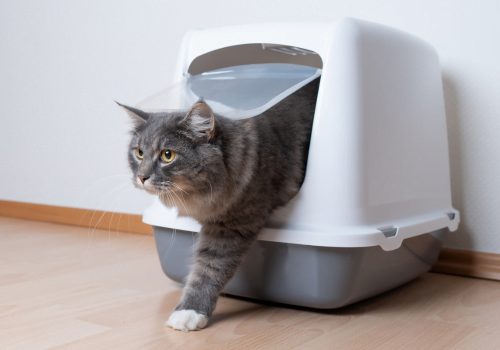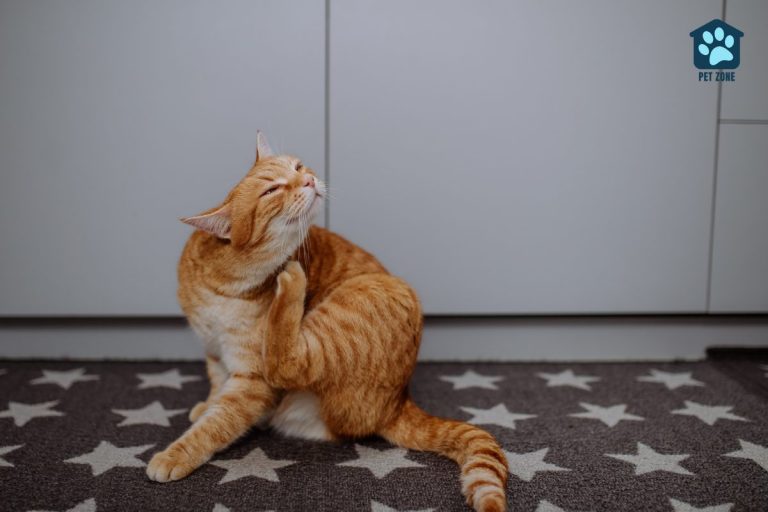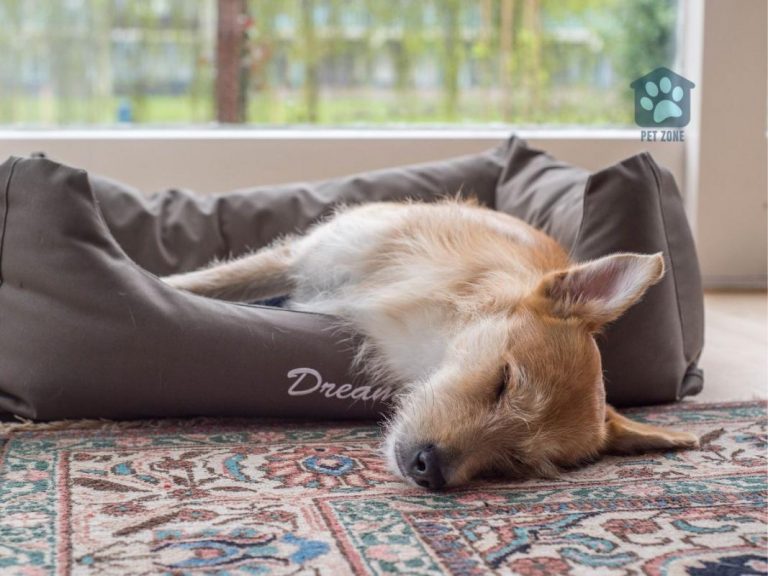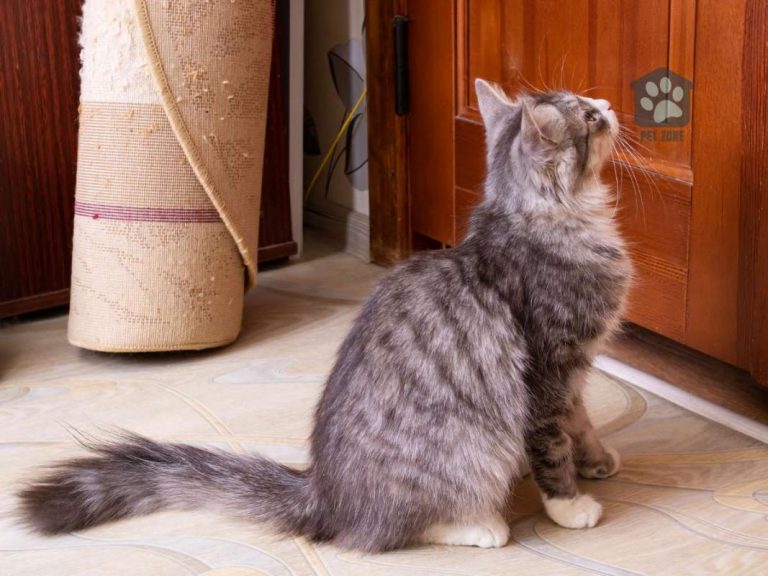We all love our cats–but let’s face it, no one loves finding litter tracked all over the house! Keeping your home clean can sometimes feel like a never-ending battle. But don’t worry, we’ve got your back! In this article, we’ll explore effective methods on how to keep cats from tracking litter everywhere.
Choosing the Right Litter and Litter Box Combo
Litter Types: The Pros and Cons
Before we dive into specific tactics, it’s essential to understand the different types of cat litter and how they can affect litter tracking:
- Clumping clay litter: Popular and easy to clean, but can be dusty and easily tracked.
- Non-clumping clay litter: Less tracking compared to clumping clay, but harder to clean.
- Crystal/silica gel litter: Low dust and low tracking, but can be expensive.
- Biodegradable litter (corn, wood, etc.): Environmentally friendly and low dust, but may track more easily.
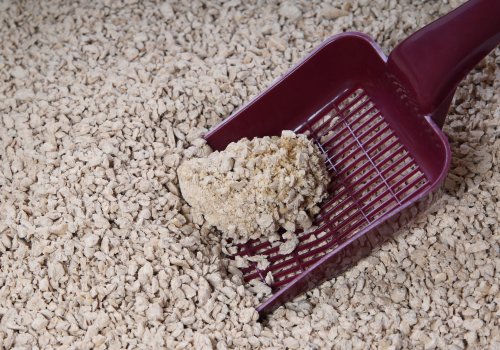
Litter Box Styles: Containment is Key
Selecting the right litter box can help minimize the litter tracking issue:
- High-sided litter boxes: Keeps litter contained and offers more privacy for your cat.
- Litter box with a lid: Enclosed space reduces litter scattering and tracking.
- Top-entry litter box: Forces your cat to jump in and out, shaking off excess litter before exiting.
The Strategic Placement of Litter Boxes and Mats
Location, Location, Location
The location of your litter box can make a world of difference in keeping litter from spreading throughout your home:
- Place the litter box in a low-traffic area.
- Consider using a dedicated room for litter boxes if you have multiple cats.
- Avoid placing the litter box near your cat’s food and water dishes.
Mats to the Rescue
Litter mats are a fantastic tool for capturing stray litter as your cat exits the litter box:
- Choose a large mat that covers the entire area around the litter box.
- Look for mats with a textured surface to trap more litter effectively.
- Experiment with different types of mats (e.g., rubber, fabric, or foam) to find the one that works best for your situation.
Litter Management and Cleaning Techniques
Regular Litter Box Maintenance
Proper litter box maintenance is crucial in keeping cats from tracking litter:
- Scoop the litter box at least once a day.
- Regularly replace the litter as needed (typically every 1-2 weeks for clumping clay litter).
- Clean the litter box thoroughly with mild soap and water every few weeks.
The Art of Litter Layering
Using the right amount of litter can help reduce tracking:
- Don’t overfill the litter box—aim for a depth of 2-3 inches.
- Experiment with different litter types to find the best balance between absorption and tracking.
Training Your Cat to Keep It Clean
Consistent Habits and Routines
Teaching your cat good litter box habits can be helpful in reducing litter tracking:
- Be patient and consistent when training a new kitten.
- Monitor your cat’s litter box usage to identify and address any issues early on.
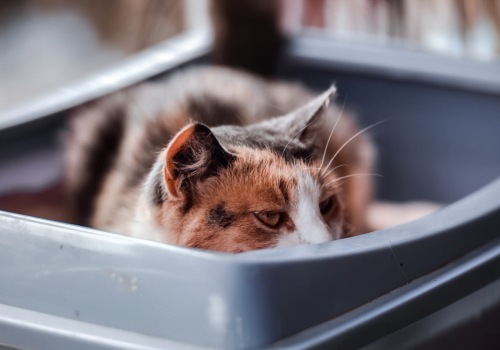
FAQ’s
How often should I clean the litter box?
Ideally, scoop the litter box at least once a day and replace the litter every 1-2 weeks (depending on the type of litter). Clean the litter box thoroughly with mild soap and water every few weeks.
Can I use an automatic litter box to help with litter tracking?
Yes, automatic litter boxes can be a helpful tool in reducing litter tracking. They keep the litter box clean and minimize the amount of litter sticking to your cat’s paws. However, some cats may be wary of automatic litter boxes, so it’s essential to monitor your cat’s behavior and ensure they are comfortable using it.
How many litter boxes should I have for multiple cats?
The general rule is to have one litter box per cat, plus one extra. So, if you have three cats, you should have four litter boxes. This helps ensure that each cat has a clean and accessible place to use the bathroom, reducing the likelihood of tracking litter around the house.
Conclusion
Keeping your home free of tracked litter may seem like a daunting task, but with the right approach and a little bit of effort, it’s entirely possible. By choosing the right litter and litter box combination, strategically placing litter boxes and mats, maintaining proper cleaning techniques, and training your cat, you can significantly reduce the amount of litter your cat tracks throughout your home.


